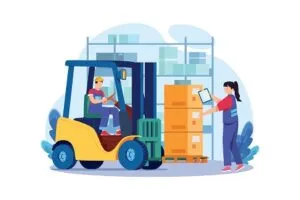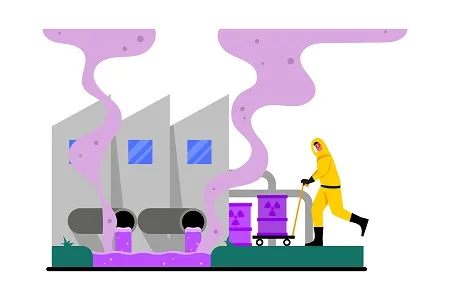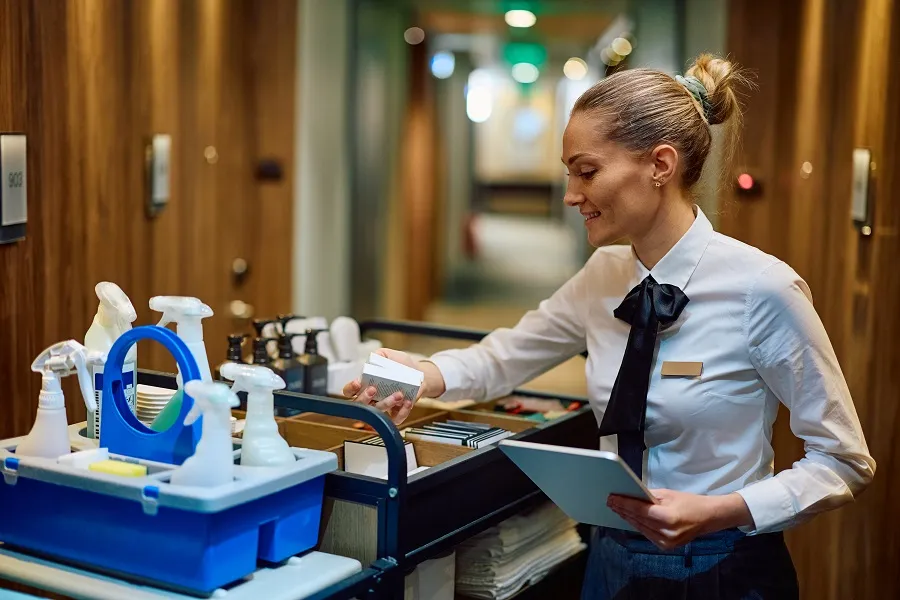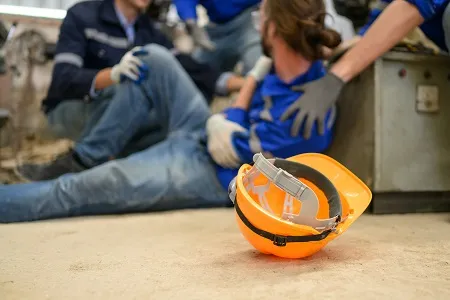Hazards routinely identified by safety consultants in Australia often involve tasks such as working at height, handling chemicals, maintaining proper housekeeping, electrical safety, operating forklifts, implementing lockout/tagout procedures and managing confined spaces. Here’s how Australian employers can prevent potential tragedies and enhance safety.
Working at Height: Working at height is a significant risk in many industries, particularly in construction and maintenance. In Australia, regulations require that all work at height be planned and supervised appropriately. This includes assessing risks, providing proper safety equipment like harnesses and guardrails and training workers in their use. Regular safety drills and inspections of equipment can further reduce the likelihood of accidents. Employers must also ensure that any work at height complies with the Australian Standards and the Work Health and Safety Regulations.
Chemicals: Handling chemicals requires compliance with the Hazardous Chemicals Regulations, which mandate proper labeling, storage and disposal of chemicals to prevent exposure and accidents. Employers must maintain up-to-date Safety Data Sheets for each chemical and train employees on appropriate handling techniques. Implementing secondary containment systems can prevent spills from spreading and emergency response plans should be in place to address potential chemical accidents swiftly and effectively.
Housekeeping: Good housekeeping is essential to prevent injuries and maintain a safe work environment. This includes regular cleaning schedules, adequate storage solutions and clear signage to warn of potential hazards. WorkSafe Australia suggests that regular audits can identify housekeeping issues that might not be immediately obvious but could pose significant risks, such as blocked fire exits or cluttered walkways.
Electrical Safety: Electrical safety in the workplace involves ensuring all equipment is correctly installed and maintained. Routine checks by qualified electricians can identify and rectify potential hazards such as frayed cords or ungrounded equipment. Training staff to recognize electrical dangers and understand basic electrical safety can prevent dangerous incidents and ensure compliance with Australian Electrical Standards.
Forklifts: Forklift safety is crucial in warehouse and manufacturing settings. Operators must be trained and hold a current High Risk Work Licence, as required by Australian law. Regular maintenance of forklifts is essential to ensure they are safe to use. Traffic management plans should be implemented to keep forklifts separate from pedestrian areas, reducing the risk of collision.
Lockout/Tagout: Lockout/tagout procedures are critical to prevent machinery from being accidentally energized. Establishing a formal lockout/tagout program involves training employees on the specific procedures for each type of machinery, including the correct isolation and securing of energy sources. Regular reviews and drills can help ensure that these practices are followed consistently.
Confined Spaces: Work in confined spaces requires strict adherence to safety protocols, including air quality monitoring, emergency preparedness and specific training for workers. Employers must identify all confined spaces at their sites and develop entry permits that outline the hazards and necessary precautions for each space. Regular training and drills should be conducted to prepare workers for the conditions they might face in confined spaces.

To maintain a safe workplace, it’s crucial for employers to leverage all available resources to understand their safety obligations and address hazardous situations effectively. WorkSafe Australia provides guidance and resources for managing workplace safety and safety consultants can offer tailored advice and conduct audits to ensure compliance and promote a safety culture.
Implementing comprehensive safety measures, running online inductions on Induct For Work and maintaining a commitment to continuous improvement can help reduce the incidence of workplace injuries and fatalities. Engaging with professional safety consultants and leveraging resources from organisations such as Safe Work Australia can provide additional support and guidance in managing workplace safety effectively.



